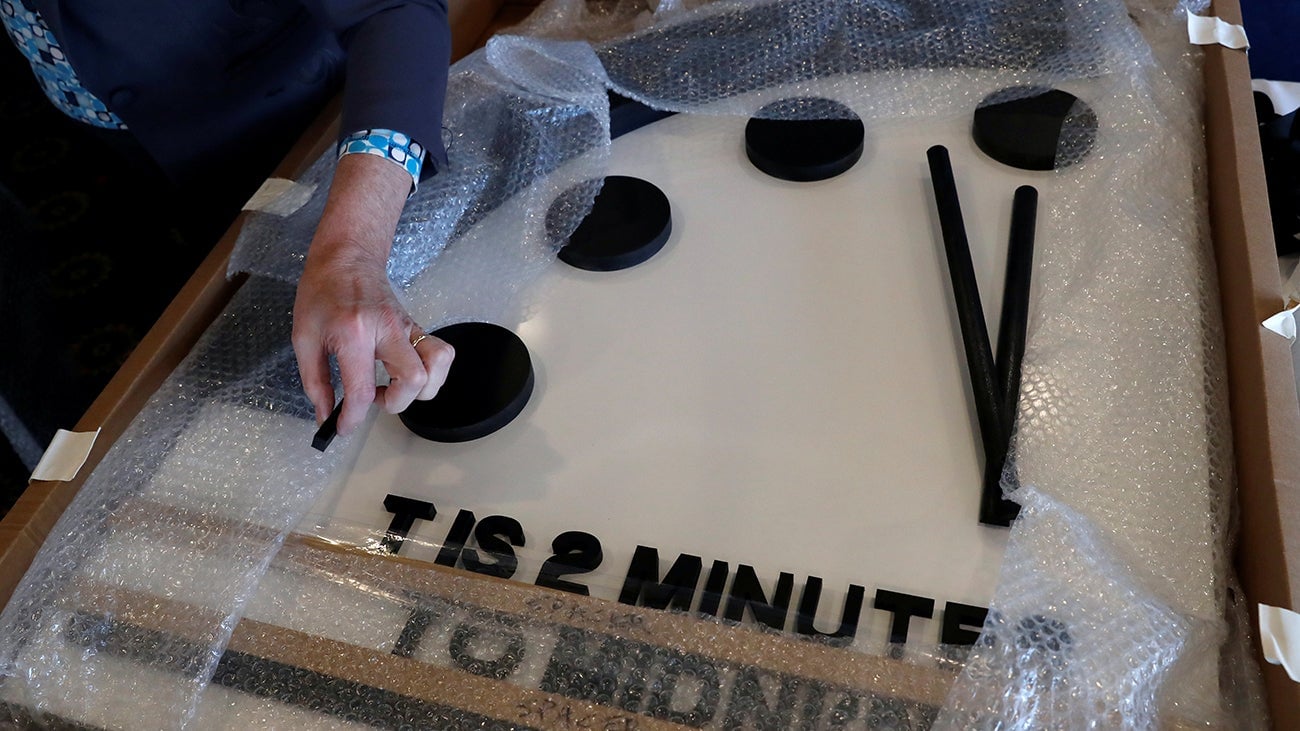In 2022, the Doomsday Clock didn’t change for the second year running
The Bulletin of the Atomic Scientists has updated the “Doomsday Clock,” a subjective measure of how close the world is to ending, which was created by the scientists who developed the first nuclear bombs as part of the Manhattan Project. Since the clock was first introduced in 1947, the world has never been farther than 17 minutes from midnight, a.k.a. doomsday.


The Bulletin of the Atomic Scientists has updated the “Doomsday Clock,” a subjective measure of how close the world is to ending, which was created by the scientists who developed the first nuclear bombs as part of the Manhattan Project. Since the clock was first introduced in 1947, the world has never been farther than 17 minutes from midnight, a.k.a. doomsday.
100 seconds to midnight
After another full year of governments and international organizations failing to get the pandemic under control—not to mention Russia’s recent provocations around Ukraine—it might seem time for the clock to tick forward. But this year, just like last year, the Bulletin made the somewhat surprising decision to keep the minute hand of the clock unchanged at 100 seconds to midnight, determining that things are still really, really bad, but covid-19 isn’t going to bring about the total destruction of humanity.
Doomsday clock history graph
A brief history of Doomsday Clock changes
- 2015: Scientists believe we’re the closest to the end of humanity since the Cold War
- 2016: Scientists keep the Doomsday Clock at the closest it’s been to midnight since the Cold War
- 2017: The Doomsday Clock is at 2.5 minutes to midnight thanks to Trump, Putin, nuclear war, and global warming
- 2018: The Doomsday Clock is now at two minutes to midnight thanks to Donald Trump and Kim Jong-Un
- 2019: The 2019 doomsday clock is still set at 2 minutes to midnight
- 2020: Why the Doomsday clock lurched closer to midnight than ever
- 2021: 2020 somehow had no effect on the Doomsday Clock